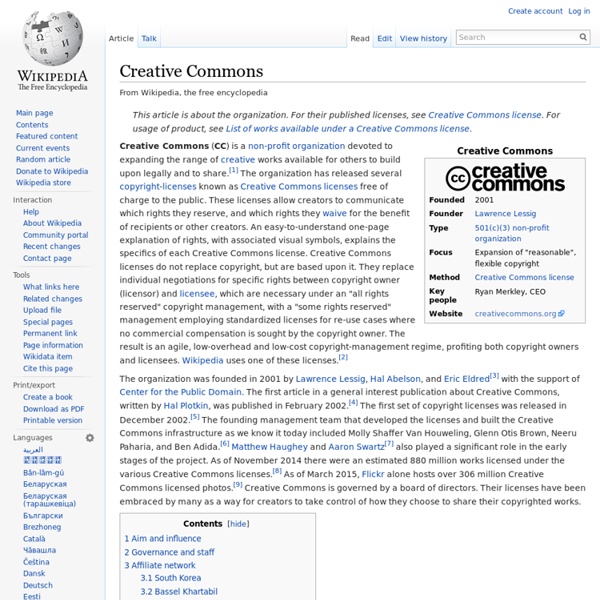Math in Children's Literature
Math in Children's Literature 205K+Save New Update! Dec. 28, 2016My goal is to gradually update this list with new links. You can see which sections have been updated by looking for New! New! Latest Update: March 8, 2014 I try to update the following list of Math Books for Kids on a regular basis. Why Do I Keep Up This List? Linking Children's Literature to Math A few important notes about this list: 1. 2. 3. Addition/Subtraction 12 Ways to Get 11, Eve Merriam *The 329th Friend , Marjorie Weinman Sharmat (lesson)The Action of Subtraction , Brian Cleary Centipede's 100 Shoes , Tony RossEach Orange Had 8 Slices , Paul Giganti (also multiplication)Elevator Magic , Stuart Murphy (subtracting) The Grapes of Math , Greg TangThe King's Commissioners , Aileen Friedman (addition, skip counting) Math Appeal , Greg Tang Math Fables , Greg TangMath For All Seasons , Greg TangMath-terpieces , Greg Tang Monster Math , Anne Miranda (counting)Monster Musical Chairs, Stuart Murphy My Little Sister Ate One Hare , Dr.
Wiki
Territoire, Tic et citoyenneté : vers une réduction de la fracture socio-numérique
Territoire, Tic et citoyenneté : Vers une réduction de la fracture socio-numérique Une approche expérimentale Franck Bulinge Enseignant-chercheur en sciences de l'information et de la communication Laboratoire LePont Université de Toulon et du Var bulinge@univ-tln.fr Introduction La société de l'information n'est certes pas un phénomène nouveau. L'Europe et la France en particulier, ont développé une approche plus philosophique que commerciale de ce concept. Une définition de l'UNESCO, citée par Brouste et Cotte (1997), fait de l'information un élément de connaissance, Petit (1998) ajoute qu'elle s'inscrit dans un rapport social et qu'elle ne prend sens que par rapport à ce lien social ; quant à l'échange d'information, il est lui-même une composante majeure de ce lien. 1- La fracture socio-numérique La réalité de la révolution numérique est caractérisée par une transition douloureuse, quoique inévitable : le développement de la société de l'information est devenu un enjeu majeur. Méthodologie
Across The Universe - Official Site
Our site uses cookies and other technologies ("cookies") to improve its operation, make it more personal for you, and provide you with advertising based on your browsing activities and interests on this site and on other sites. To learn more see our Privacy And Cookies Policy. To make choices regarding specific cookies including withdrawing consent after consent is given, access our Cookie Consent Tool (available on every page). You do not need to have cookies enabled to use our sites and apps, but turning them off may affect your experience on our sites and apps. By clicking 'Accept', you agree cookies can be used for these purposes and for the sharing of your data with Sony Pictures and Sony group companies.
Place Value Mats
Ten-Frame Mat Math mats help students organize materials in a mathematically meaningful way. They may also serve as prompts to reinforce mathematical concepts and skills. For example, ten-frame mat help young students organize objects by tens, reinforcing that important place value concept of our base-ten number system. It is developmentally appropriate to have students begin with ungrouped materials (e.g. unifix cubes, beans, etc.) and place one object in each square of the ten frame to create a ten. Double Ten-Frame Mat Next, students use a double ten-frame mat to model numbers from 1-20. The teen numbers are notoriously hard for kindergarten students. Finally, ask students to name the number represented and either write the number (if inserted in a sheet protector) or select the appropriate number card. Tens-Ones Mat Later on, students transition to the tens-ones mat with ten frames in the ones place to build upon the ten-frame skills and introduce the tens place. Please select a topic:
gReader
Banques: le triomphe des coupables par Jacques Attali | slate
- Le parquet du New York Stock Exchange Reuters - La crise, chacun le sait, est largement de la faute des banques américaines, qui ont trop prêté et développé des produits spéculatifs. Pour les sauver, le Trésor américain leur a prêté de l'argent sans intérêt. Celles de ces banques qui n'ont pas fait faillite continuent à agir comme avant, inventant de nouveaux produits spéculatifs et ne prêtant, très chers, qu'à celles des entreprises qui n'ont pas vraiment besoin de leur argent. Elles ont, en plus, aujourd'hui, une raison supplémentaire d'agir ainsi: tous les régulateurs leur enjoignant de reconstituer leurs fonds propres, elles le font, non seulement en utilisant tous les artifices comptables rendus possibles par les réformes d'avril, mais aussi en refusant de prêter aux particuliers et en exigeant des intérêts énormes des grandes entreprises désespérément à la recherche de liquidités. publicité En particulier, une seule banque tient tout: Goldman Sachs. Jacques Attali Devenez fan sur
Hanif
Writing in Mathematics
Featured Topic: Writing in Math Class Teachers incorporate writing in math class to help students reflect on their learning, deepen their understanding of important concepts by explaining and providing examples of those concepts, and make important connections to real-life applications of the math they are learning. Teachers use the writing assignments to assess student understanding of important concepts, student proficiency in explaining and using those concepts and each student's attitude toward learning mathematics. Writing in mathematics is a win-win for both teacher and student. Although it may be difficult to introduce this practice, it is well worth the effort. Getting Started with Math Writing Often students who have difficulty writing in math class have less difficulty telling the teacher what they think. Think-Pair-Share: Some students are reluctant to write at first and benefit from practice sharing thoughts with a partner and hearing that partner put thoughts into words.
Yatedo (people search)



